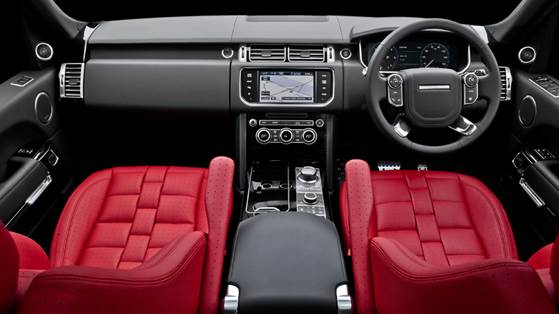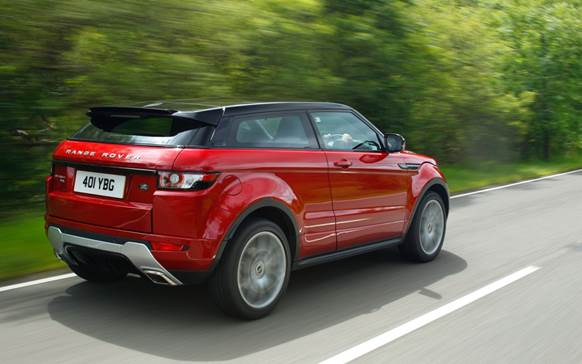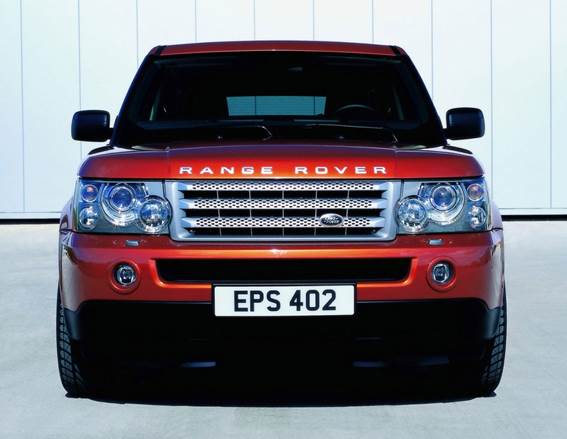Now more versatile and upmarket than ever, the Range Rover Sport has truly come of age
With the introduction of the Sport, the rejuvenation of the Range Rover line-up is complete. The process kicked- off with the launch of the highly successful Evoque and followed by the latest flagship Range Rover early last year. The Sport bridges the divide.
It’s a tricky role because the Sport has to balance driving excitement and utility. Land Rover insists the new model has enough of these qualities and even goes as far as proposing that the new Sport is the “fastest, most agile and responsive Land Rover ever”. It’s quite a boast.
But first, considering that this is a Range Rover and a luxury vehicle (and priced accordingly), we must evaluate its premium credentials. For starters, it’s pretty. The Sport fits nicely with Land Rover’s latest design direction first seen on the Evoque. Traditional Range Rover- cues are present, including wrap-around lights, a high shoulder line, pronounced shoulders and a floating roof.

The interior is equally striking … and it’s comfy. The boot can swallow a claimed 784 dm3 and, although the cabin feels roomy (thanks to the panoramic roof), the rear seats are a bit cramped. Otherwise, the cabin is the leather-covered throne room that you’d expect.
There are three engine choices, including a 375 kW/625 N.m supercharged 5,0-liter V8 that is available only in top-spec HSE trim. The two other options, the supercharged 3,0-liter V6 and twin-turbo 3,0-liter SDV6, are available in either S or HSE trim.
We had agoinall three and it was soon evident Land Rover wasn’t lying when it said the new Sport is its “fastest” car ever.
The deep rumble of the V8 rattles off like a machinegun as the needle climbs to 100 km/h in a claimed 5,3 seconds. For a large car, the 5,0 SC has no problem chasing the horizon.
All cars come standard with an eight-speed ZF automatic transmission. Shifts are quick and smooth (paddles are standard on HSE models).

The 3,0 SC is equally swift, with a claimed zero-to-100 km/h sprint time of 7,2 seconds. The SDV6 has dollops of punch, but also a fair amount of turbo lag, which sees it hesitate for a moment before the revs climb and the nose lunges forward. This is a pity, as the diesel is otherwise swift and frugal (7,2 seconds and 7,9 liters/100 km) and it was a peach on the 4×4 track.
Dynamically, the Sport is superb. The key to its newfound agility and cornering prowess is the all-aluminium platform that does not only make the new Sport stiffer, but also a claimed 420 kg lighter than its predecessor. Despite being lightly weighted, the steering feels precise through tight bends.
The Sport features fully independent double wishbones up front and a multilink setup in the rear, as well as air suspension with two ride-height options. The ride is, however, not as compliant as I had expected. It handles tar-road imperfections with great ease, but feels chattier on gravel. Road noise also penetrates the cabin.
Depending on model choice, it rides on bespoke 255/55 R20 or 275/45 R21 Pirellis. Land Rover intends to maintain a large stock of tyres in its parts warehouse for occasions when owners may require rubber swaps for off-road excursions.

The addition of all kinds of fancy technology on the SDV6 HSE and V8 models – including adaptive dynamics (continuous variable dampers) and dynamic response (with active lean and a rear locking differential and cornering-brake control) – make them a pleasure through tight corners.
There is very little body roll and even less of a feeling that you are driving an SUV. The Sport seems much smaller and lighter than it is.
Away from the black stuff, the Sport holds its own. It utilises an updated Terrain Response 2 system ; (which can now automatically : select the suitable terrain programme). There are two 4×4 systems on offer: the first with a two-speed transfer case with low-range, a 50:50 front/rear torque split and 100% locking ability. The second system is 18 kg lighter and features a single-speed transfer case with a Torsen differential which assigns torque to the axle with the most grip.
A neat optional extra is Wade Sensing, which displays the level of water that the Sport is traversing. The maximum wade depth is a staggering 850 mm.

All Sports come standard with a five-year/100 000 km maintenance plan and three-year paint and six year corrosion warranty. Service intervals are either every 26 000 km or every 12 months. Pricing starts at $78,375 for the SCV6 S petrol and $84,200 for the entry-level SDV6 S turbodiesel models.
Specs and price
Price: $120,115 Engine: 5,0-liter, V8, supercharged petrol Power: 375 kW / 6,000 r/min Torque: 625 N.m / 2,500 r/min Trans: 8-spd AT 0-100 km/h: 5,3 secs Top speed: 250 km/h Fuel cons: 13,8 L/100 km CO2: 338 g/km |